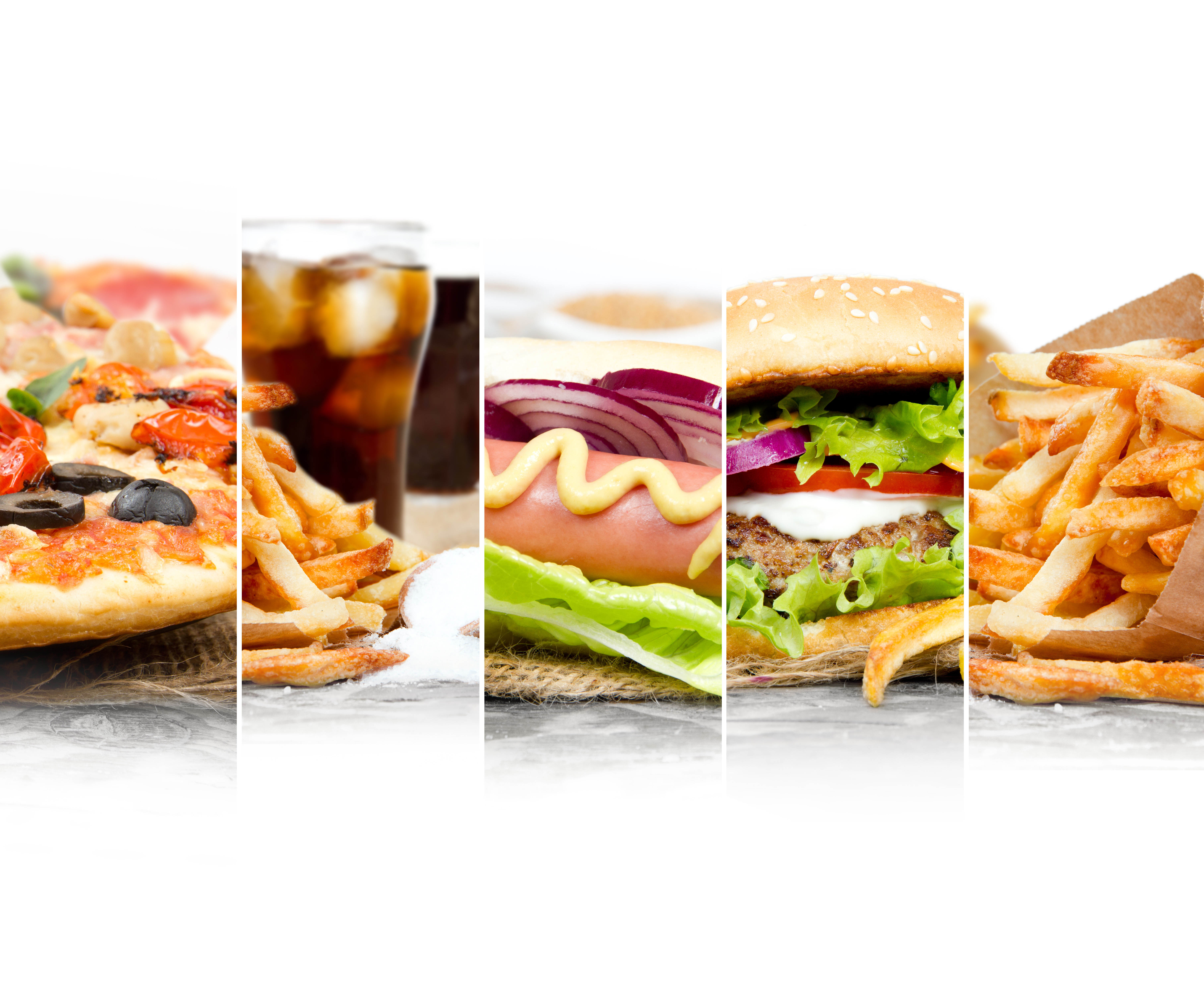
by Candace Chemtob, MS, RD, LD, CSSD
Let’s be realistic—eating healthy is not always easy. This is especially true for athletes, young or old, professional or amateur. Balancing school, training, tournaments, and work makes for a busy life. A hectic schedule can have a way of getting in the way of our best intentions. Eating “on the run” is part of this lifestyle and not every meal can be farm fresh, organic, and skillfully prepared. A little knowledge and advance preparation can go a long way to meeting the challenge of providing reasonable nutrition while on the road.
This article is not for the purist, but is for the pragmatist who wants to know how to make healthier food choices while eating on the run. Healthy eating is not an all or none, black or white proposition. Instead, it is about choosing healthy foods most of the time. Busy people are faced with the grey zone where they must make smart judgements between food choices available at places like convenience stores, airports, and fast food restaurants.
So to help the busy athlete, here are some tips for eating “healthy on the run”:
1. Don’t skip breakfast. Make the effort to eat at home before you start your day.
2. Even on the busiest of days, don’t skip meals. Being over hungry leads to poor food choices later on.
3. Be prepared. Whenever possible, bring healthy snacks with you. If you are traveling and cannot keep food at a safe temperature, try packing foods like juice or milk (dairy, soy, or almond) in shelf stable boxes, fruits (bananas, apple slices, oranges, berries, grapes, cherries), dried fruits, trail mix, nuts, peanut/almond butter, individual size cans of tuna, energy bars, instant oatmeal, individual size cereal, graham crackers, whole grain crackers, vegan or turkey jerky, baby carrots, celery sticks, pretzels, and air-popped popcorn.
4. Never rely on airplane food. Either pack food, or purchase food at the airport and bring it aboard.
5. When out of town, find a grocery store to stock up on healthy foods. If you can’t make it to a grocery store, some of the foods listed above can be found at convenience stores.
6. If your only feasible option for a meal is a fast food restaurant, follow these general rules:
*Don’t order the meal combos.
*Don’t supersize.
*Stay away from all fried foods, including fish.
*Hold the sauces and mayonnaise, keep salad dressing on side.
*Avoid most beverages, except for coffee, skim and low fat lattes/cappuccino, water, juices, unsweetened tea, and some smoothies. Specialty coffee and tea drinks
can be laden with sugar and fat calories.
7. At most fast food restaurants you can find healthy options. All publish nutritional information, so you can make an informed decision.
Here is a list of recommended menu items:
Breakfast: Egg white breakfast sandwiches on flatbreads or English muffins (hold the bacon and sausage), yogurt parfaits, oatmeal, apple slices.
Lunch/Dinner: Half-sub size on whole grain bread with the following meat choices: chicken, turkey breast, ham, and vegetarian. Hold the cheese, mayo, olives, and salad dressings; add vegetables liberally. Season with vinegar, mustard, salt and pepper. Other good options include grilled chicken sandwiches, most entree salads (but check the nutritional information—some salads are surprisingly high in calories), side green salads, chili, and yogurts.
Remember, it’s not realistic to think that every meal is going to be perfect. Instead, be knowledgeable and make the healthiest meal choices given the circumstances at hand.





